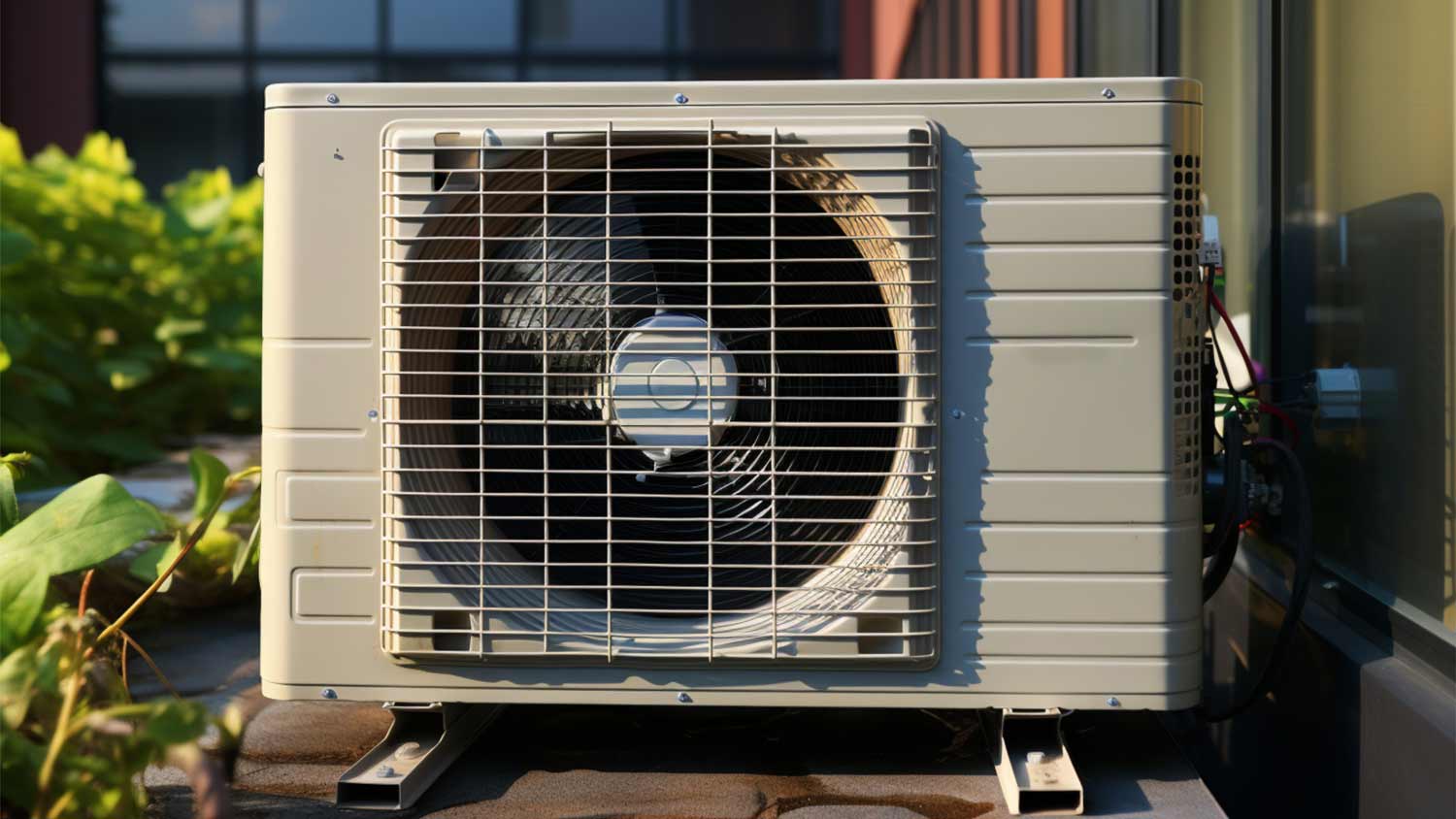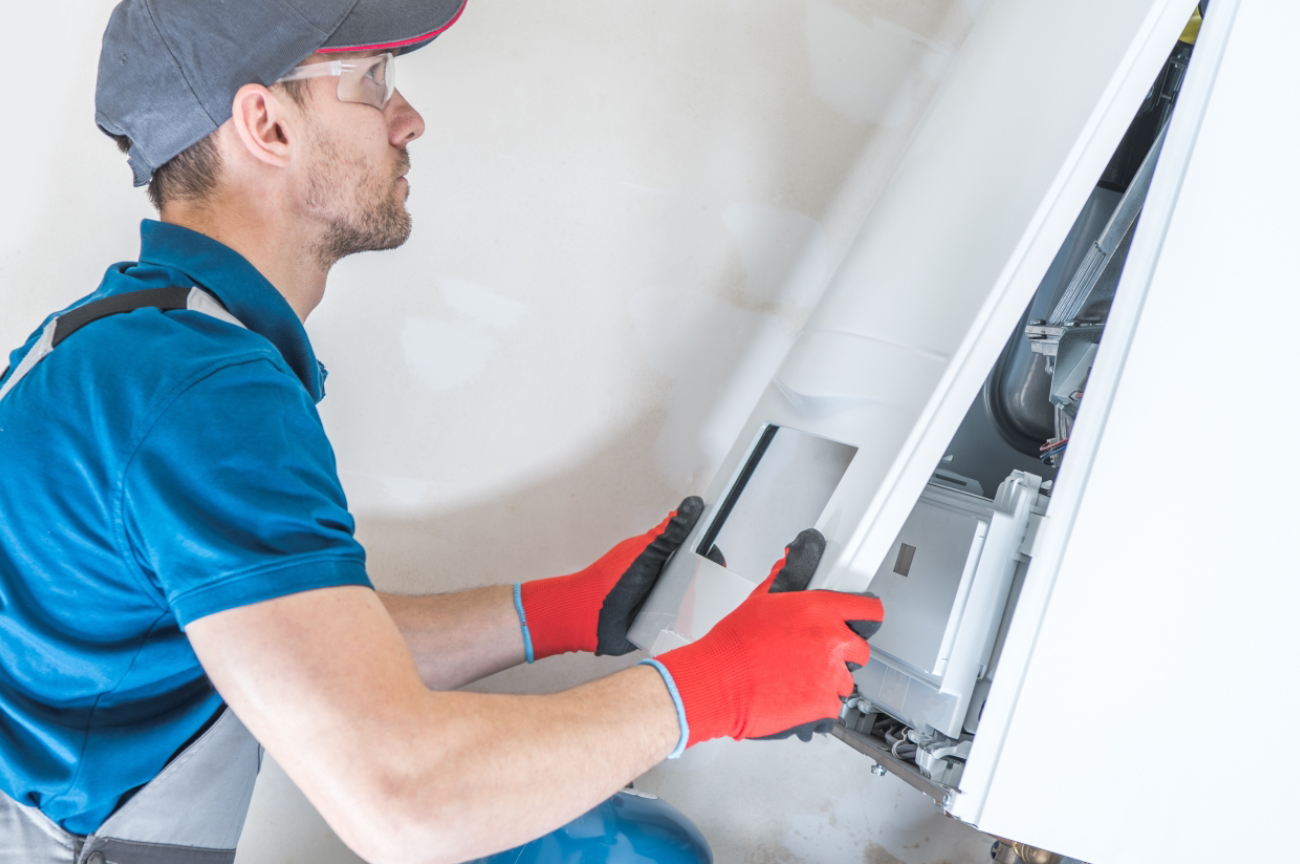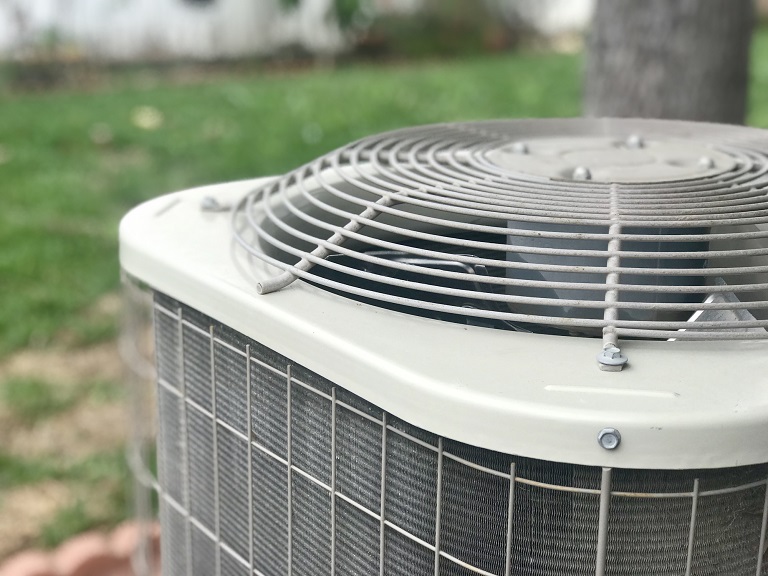
What you’ll pay in Columbus, OH, for furnace repairs depends on many factors. Here’s a breakdown of what can go wrong and the cost to fix those issues.
Here’s how to keep cool with a ducted or ductless AC system


Central air conditioning distributes cool air into your home through ducts.
If you don’t have air ducts, you may be able to add them.
Installing ductwork usually costs between $3,000 and $7,500 per 300 linear feet.
In some older homes, there isn’t enough space to add ducts.
Alternatives to central AC include ductless mini-split systems and window AC units.
It’s no wonder why central air conditioning is so popular in American homes. For one, it’s easy to control and great at cooling your entire house. On top of that, central AC seamlessly blends into your home, thanks to the concealed ducts that quietly circulate cold air throughout your space. But is it possible to install central air in a house without ducts? Here’s what you should know.
Central air conditioners are a popular type of AC unit and an effective way to cool your whole house. In a split-system central AC unit (the most common type in residential construction), there’s an outdoor cabinet and an indoor cabinet, which work together to cool down air and circulate it through your house via ductwork.
On average, installing a new central AC unit costs between $3,900 and $7,900 in homes that already have ducts. If yours doesn’t, you’ll need to factor in the price of adding ductwork, which ranges from $3,000 to $7,500 per 300 linear feet.
Air ducts play a vital role in any central air system because they distribute the cool air throughout your house. If you’d like to install central AC but don’t have ducts, you’ll need to add them.
With that said, there are other air conditioning options to consider if adding air ducts isn’t an option. For example, in some older homes, there simply isn’t enough space to install ductwork. In that case, you could consider a ductless air conditioning system.

Whether you don’t have the budget or the physical space to install the air ducts needed for central AC, there are plenty of other ways to cool down your home. Here are some of the best options.
If you don’t have ducts, ductless mini-split AC systems are probably the best alternative to central air conditioning. Like central AC, they have an indoor unit and an outdoor unit—but there’s no duct system for air distribution. Instead, the indoor component (which is usually mounted to the wall) blows cold air directly into whatever room it’s in.
Because of their design, each indoor unit can only cool a small area, which is a major disadvantage when compared to central air conditioning. However, you can add ductless AC units in multiple rooms (and you’ll still only need one outdoor unit).
The cost to install a new ductless mini-split AC system typically ranges from $2,000 to $14,500.
Window air conditioners are another ductless way to cool individual rooms in your home. They fit into your window frame, so you can easily install them yourself (and remove them during the colder months).
However, window air conditioners aren’t a whole-house cooling solution. They also aren’t as efficient as other options, and they might not have the right aesthetic for everyone. Still, at $100 to $500 each, window AC units are more budget-friendly than most other types of air conditioners.
Portable air conditioners are standalone units that cool down whatever room they’re in. There are a couple of different types (namely, vented and ventless AC). Depending on which type you have, you may need to set it up near a window so the hot air can escape outside through the unit’s exhaust hose.
Compared to other types of AC, portable AC units are easy to install and move around. They’re also more affordable than most other cooling solutions, costing an average of $100 to $500 per unit. However, they’re best suited for temporary use and can only cool one room at a time. They can also be pretty noisy.
If you’re planning to add central AC or ductwork to your home, it’s best to hire a local air conditioner installer to do it (and, in fact, most states require licensed pros to handle this type of work). AC installation is a complex job that involves opening up your walls, working with electricity, dealing with refrigerants, and handling heavy equipment. For the same reasons, you should also call in an expert to install a mini-split system.
On the other hand, you can set up certain types of air conditioners yourself. For instance, you can install a window air conditioner in about an hour using tools you already have at home. Portable AC units are even easier to set up since you don’t have to attach them to your window frame.
From average costs to expert advice, get all the answers you need to get your job done.

What you’ll pay in Columbus, OH, for furnace repairs depends on many factors. Here’s a breakdown of what can go wrong and the cost to fix those issues.

Factors such as labor and parts impact the final price of repairing a window AC unit. Learn all of the costs associated with window air conditioner repair.

Regularly replacing your HVAC filter regularly is vital for a healthy system. Learn how much an HVAC filter replacement costs with this informative guide.

Discover heat exchanger replacement costs to learn about price factors, labor, and ways to save before hiring a pro or starting your project.

Discover the average air handler replacement cost, including labor and materials, plus expert tips to help you budget and save on your HVAC upgrade.

Energy bills rising? Here’s how to perform a DIY duct leakage test to locate any damage in your ductwork and restore your energy-efficient home.